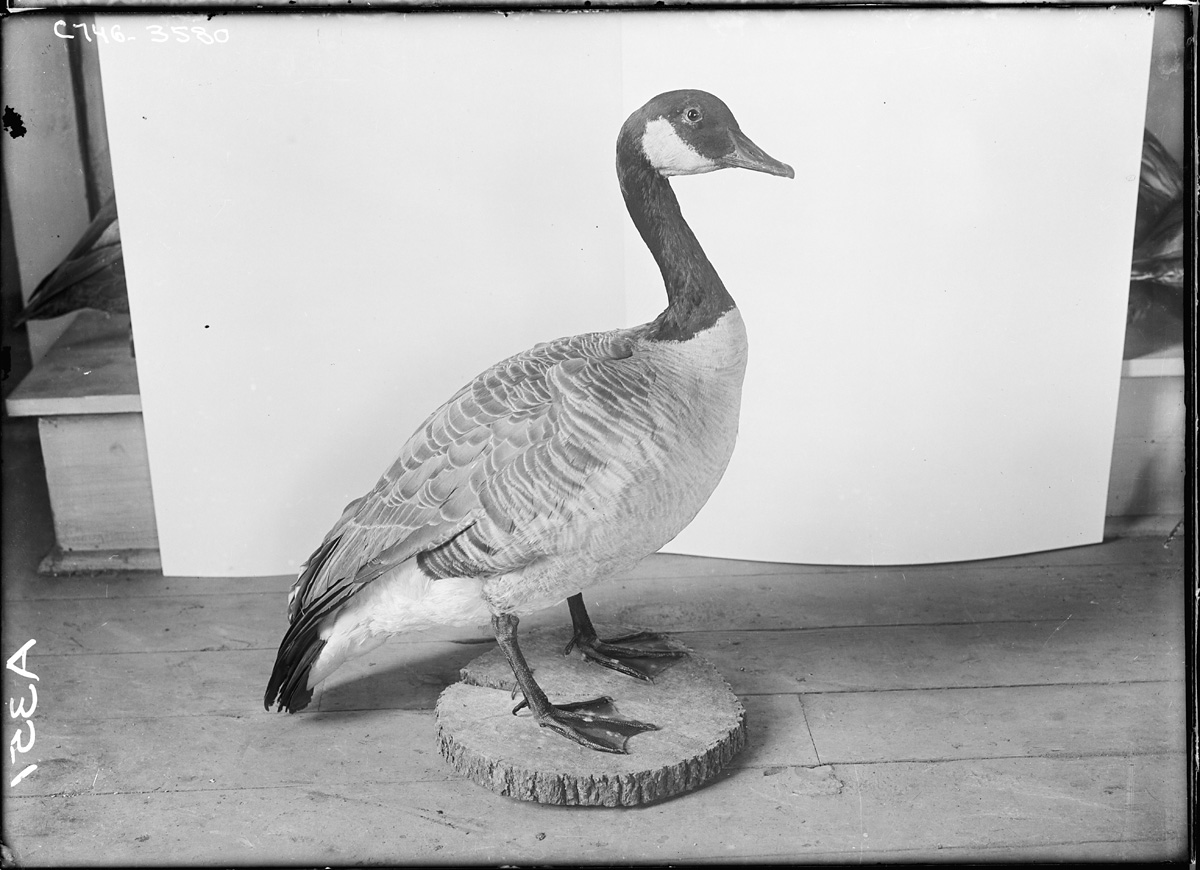According to a letter published in 1891, all you need to fly up to 200 mph are 19 geese and a birch bark chariot.

Readers of the Nebraska State Journal on August 16, 1891, must have been intrigued by a perhaps tongue-in-cheek description of “A Novel Flying Machine.” Described by inventor Peter Gleason in a letter to a Lincoln resident, who forwarded it to the Journal for publication, the flying machine was powered by trained wild geese hitched to a “birch bark chariot.”
Written May 28, 1891, from Longland’s Harbor, on Hudson Bay in northern Canada, the letter said:
My Old Friend: I address you as above, for I am fully persuaded you are my old teacher. I have read several of your temperance articles in the Toronto and Montreal papers, copied from the New Republic [a Lincoln temperance weekly], and they sound just like you. I am Pete Gleason, the red-haired boy who sat on the front seat near the stove in the old log school house on the hill, in York state, forty-six years ago. I have reasons for remembering you that you cannot have for remembering me. At least I have concluded to write you and shall probably visit you in ’93, as I expect to visit the world’s exposition at Chicago. . . .
I have a novelty to exhibit at Chicago in the shape of a wild goose flying team with which I can travel at the rate of 200 miles an hour, a brisk, steady breeze being favorable. You may not believe me but I will drive out some morning from Chicago, eat breakfast with you, spend the day and return after tea. The distance I judge from the map, is 500 or 600 miles.
It is a little funny how I came to hit upon the scheme and will tell you.
Gleason then related his care of several wild geese that he had raised after finding them in the wild. Although the geese migrated south that winter, they returned in the spring, built nests near Gleason’s home on Hudson Bay, and raised a new brood, which Gleason also cared for.
One day I got to reasoning with myself, the horse can be tackeled and driven, the horse, the ox, the deer, the dog and other animals, and why not birds? The pigeon carries letters, and why may not geese carry men? The next day I took a mother goose and a father gander to an island ten miles away. I cut a piece of buckskin to fit the neck and the wings, and tied it together underneath, then attached a load of wood to each and let them go. They returned home, were untackeled and fed. I next hitched them up double and broke others in, until now I have a team of nineteen that will take me through the air in a birch bark chariot, at a rate of speed double that of the fastest railway train. . . . What do you think, can I not pick up a little money by giving exhibitions at state fairs and in city parks? . . . . Yours, Peter Gleason.
The Lincoln recipient of the letter, identified only as “H.,” wrote to the Journal in an appended note, “I don’t remember the boy, but everything else spoken of is bright in memory. What is the reason the fellow could not be got this fall to boom our state fair?”



